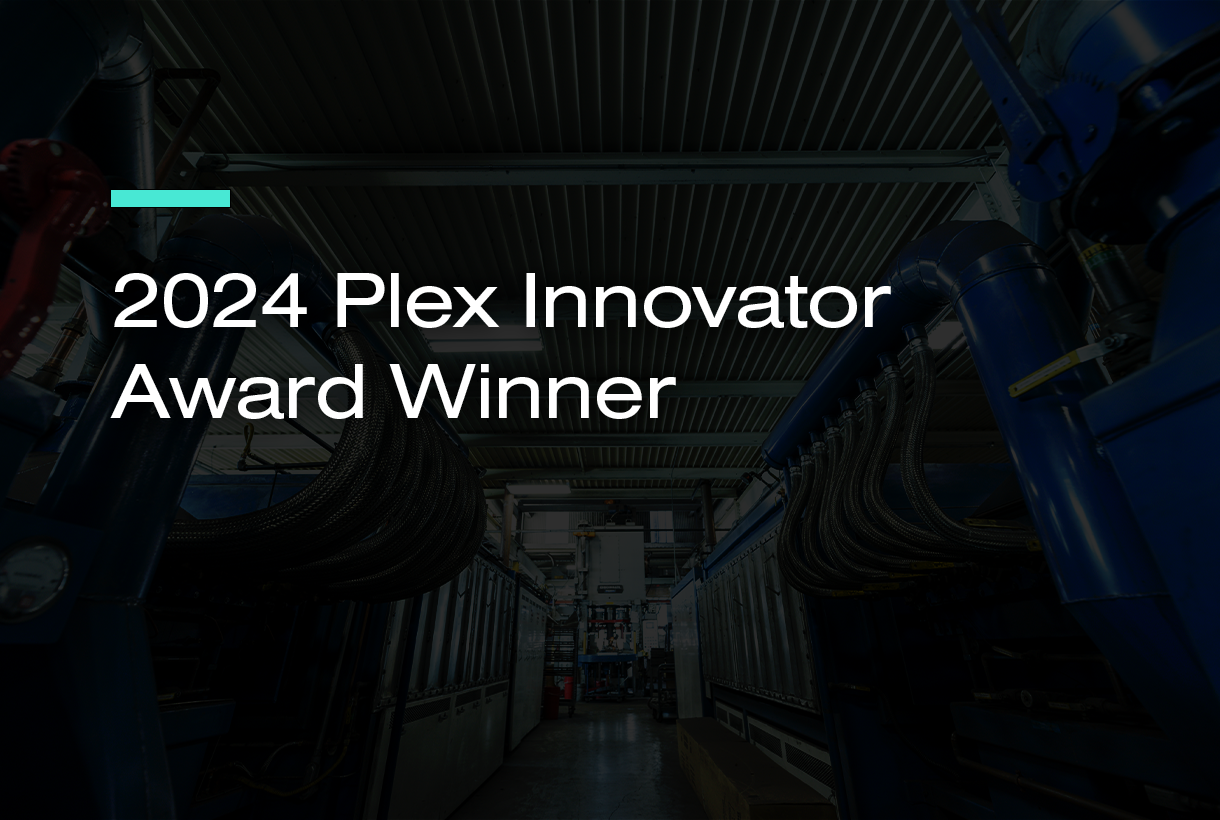

Now Available!
Get your copy of the 7th Annual State of Smart Manufacturing and hear from 300+ manufacturers in this new survey report!
Subscribe to Our Blog
For a monthly digest of expert insights, data points, and tips like the ones in this article.

A recent survey conducted by Mint Jutras and commissioned by Ultra Consultants looked at ERP implementations—whether they are doomed to fail or whether ROI expectations are high enough. For small- to mid-sized manufacturers, ERP is an endeavor that becomes necessary as the business grows since managing a complex operation with spreadsheets is unsustainable. Here are three things most manufacturers don’t know about ERP implementations:
#1: ERP Can Be the Catalyst for Positive Transformation
One of the reasons why ERP implementations are met with such trepidation is they are not easy. That’s because it’s not just about the technology. There are also people and processes involved. ERP requires you to examine your business and how your organization collaborates as a whole. Sensationalized industry headlines about failures only add to the fear. The truth is many companies do experience successful ERP implementations. With the right goals, schedules, and communication, ERP often is a catalyst for a positive transformation. In fact, respondents (manufacturers and distributors) to the Mint Jutras survey show this to be true: 67 percent rate their implementations as successful or very successful. Thirty-one percent said they achieved partial success and a meager two percent said they were not successful.
#2: ERP Implementations Don’t Have to Be Expensive
As more needs get added to an implementation, timelines and budgets tend to go out the window. This is commonly referred to as “scope creep.” While it does happen, the responses to the Mint Jutras proves the opposite: 41 percent stayed on or under budget, 35 percent were less than 10 percent over budget, and 26 went over budget by more than 10 percent. The way to keep the scope from getting out of control is to be clear about what manufacturing business goals you want to accomplish after go live, then prioritize everything that doesn’t fit into those goals for future projects.
#3: Your ERP Should Continue to Evolve
In many cases, once ROI is calculated the company considers the implementation done. There are many more benefits to reap from an ERP. Essentially, the solution can be an ongoing source of sustainable returns. A true, SaaS cloud ERP means taking advantage of enhancements won’t disrupt business. When new features are available, you simply turn them on—so your ERP can evolve as your business needs change. Your IT staff can focus on more value-add activities rather than maintaining the solution. Speed, efficiency, and productivity can also be added to the list of potential benefits. Fifty-one percent of respondents to the Mint Jutras survey cited better accessibility and availability of data.

